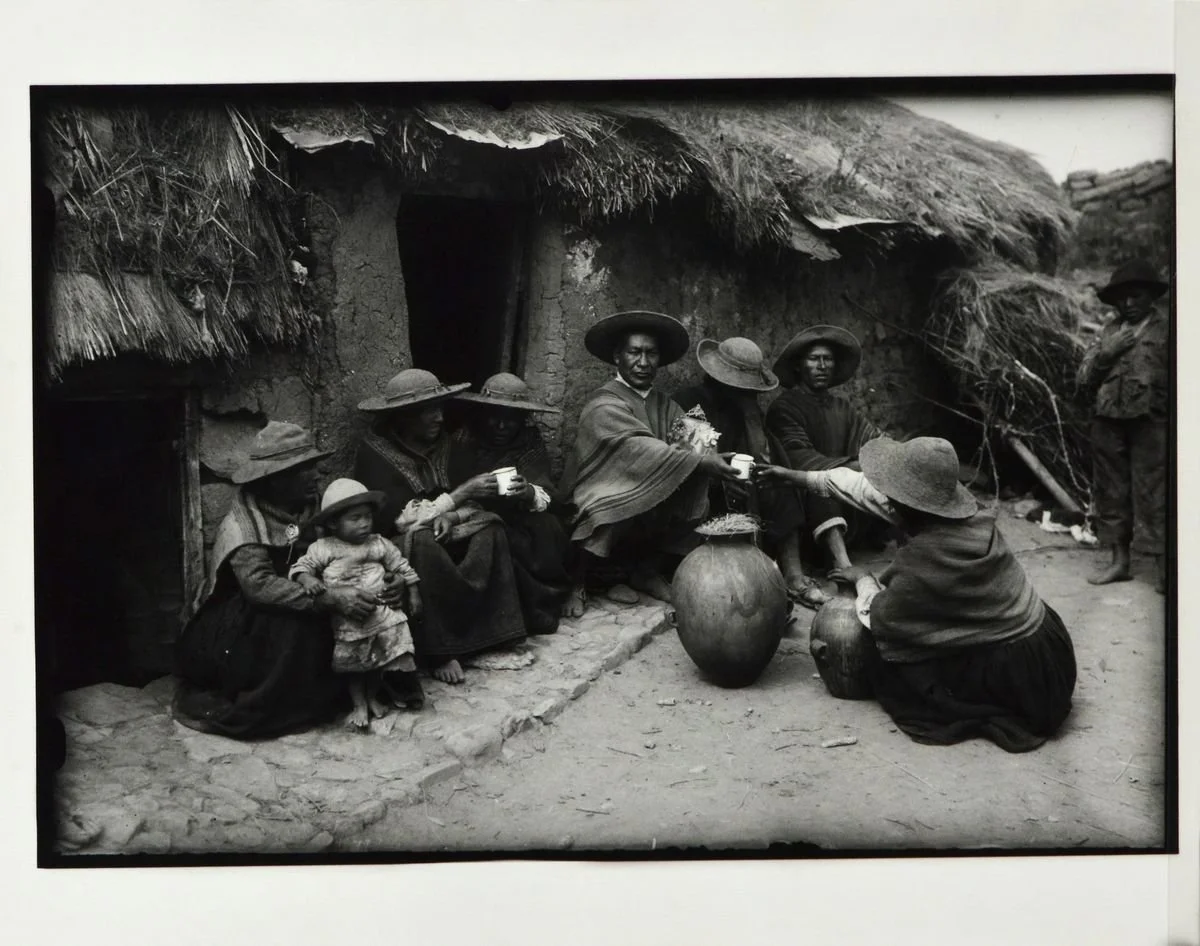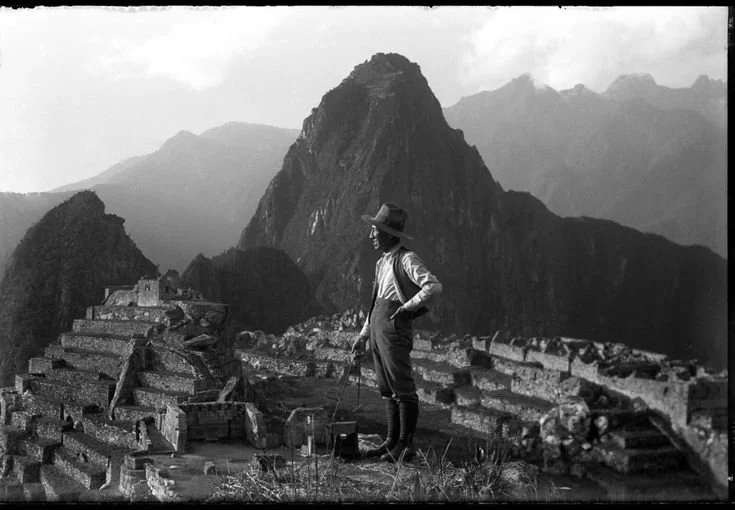MARTIN CHAMBI: indigenous gaze
Remembering the enduring legacy of Martín Chambi, a pioneering Indigenous photographer who dedicated his life to capturing Andean communities and their everyday lives with dignity. He preserved and promoted regional folklore and Peru’s pre-Columbian cultural heritage, highlighting Andean traditions and identities that had long been marginalised by colonial and post-colonial structures.
Martín Chambi (1891–1973) was born in the village of Coaza near Lake Titicaca. After learning photography from English engineers working near his hometown, he trained in the prestigious Vargas studios in Arequipa before establishing his own studio in Cusco in 1920. He documented the life of Andean communities with intimacy and dignity, portraying both urban modernity and rural traditions. He refused to romanticise or exoticise Indigenous life; instead, he revealed its strength, complexity, and humanity.
Through his lens, Chambi exposed how colonialism had taught society to overlook the profound oppression of Indigenous communities. He challenged racial prejudices and social hierarchies, making a lasting contribution to the representation of Peru’s Indigenous peoples and to the Indigenism movement, a multifaceted cultural and political movement spanning several Latin American countries that emerged in the early 20th century to recognise, celebrate, and defend the rights and identity of Indigenous peoples.
Julia Chambi, his daughter, continued to carry forward this commitment, celebrating and sharing the beauty and strength of Andean identity and culture.
Explore more of Martín Chambi's universe on Instagram











